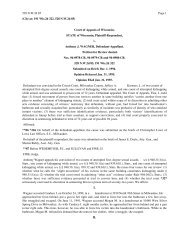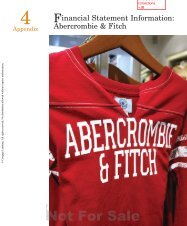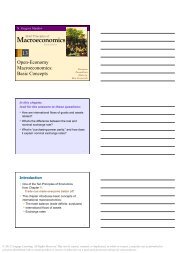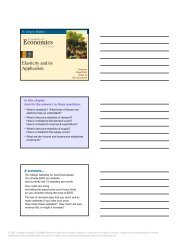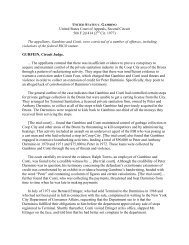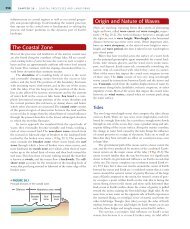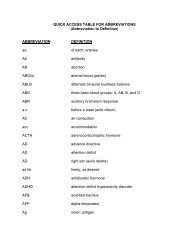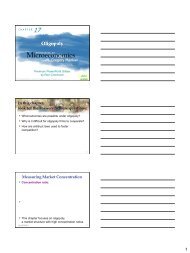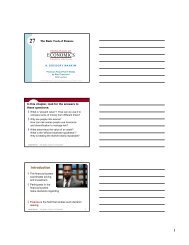Simulink Tutorial on Digital Modulation Methods - Cengage Learning
Simulink Tutorial on Digital Modulation Methods - Cengage Learning
Simulink Tutorial on Digital Modulation Methods - Cengage Learning
Create successful ePaper yourself
Turn your PDF publications into a flip-book with our unique Google optimized e-Paper software.
13.4. PULSE SHAPING 581<br />
Figure 13.11: Block parameters: Pulse Generators<br />
In order to avoid c<strong>on</strong>fusi<strong>on</strong>, we recommend the removal of the directories from your<br />
Matlab path if you use Matlab and <str<strong>on</strong>g>Simulink</str<strong>on</strong>g> with toolboxes for applicati<strong>on</strong>s other than<br />
this tutorial.<br />
To start the tutorial, type<br />
DigMod<str<strong>on</strong>g>Tutorial</str<strong>on</strong>g><br />
in the Matlab workspace. The main menu, depicted in Figure 13.13, will open from<br />
which you can choose the parts of the tutorial.<br />
13.4 Pulse Shaping<br />
The tutorial covers digital modulati<strong>on</strong> methods with different pulse shaping. The first<br />
part presents the pulses and their Fourier spectra. The goal of this part is to illuminate<br />
the relevance of pulse shaping for ISI free transmissi<strong>on</strong>, which is a basis for the<br />
following experiments. This part of the tutorial is written in Matlab.<br />
© 2013 <strong>Cengage</strong> <strong>Learning</strong>. All Rights Reserved. May not be scanned, copied or duplicated, or posted to a publicly accessible website, in whole or in part.



